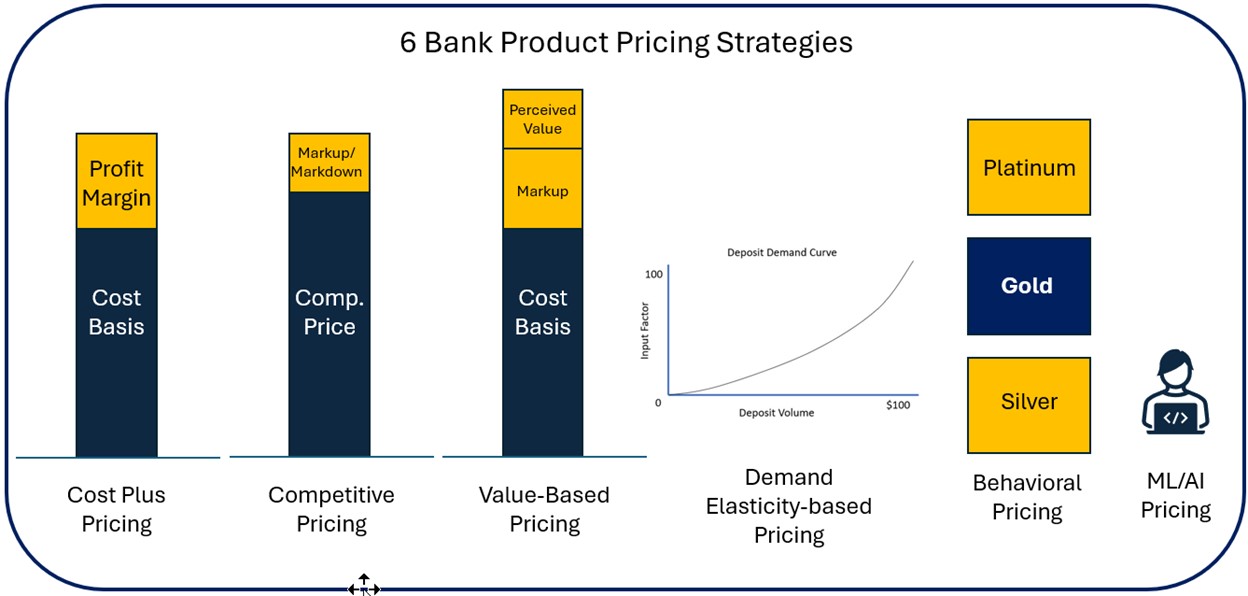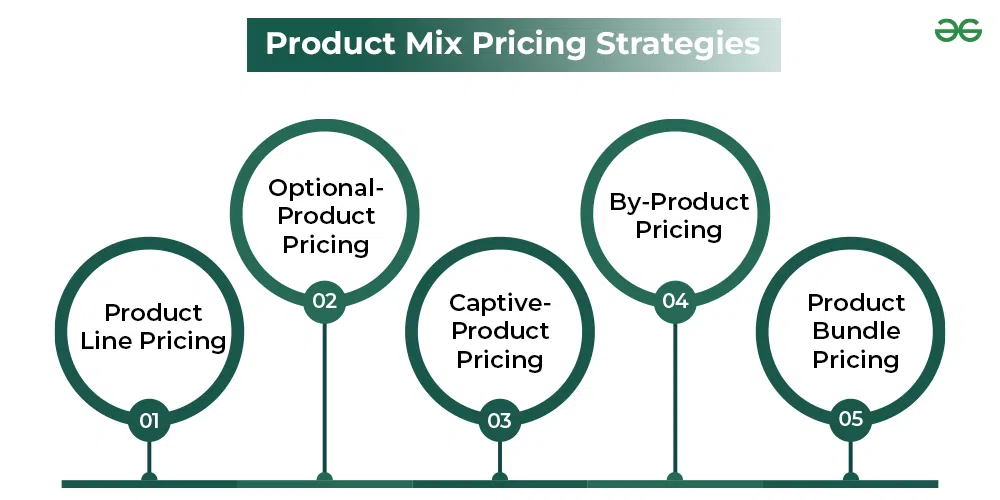Why Adaptability is Important in Creating Your Pricing Strategy
Why Adaptability is Important in Creating Your Pricing Strategy
Blog Article

Master Effective Rates Approaches to Optimize Revenue
In the ever-evolving landscape of business, grasping effective rates methods is essential for services intending to make the most of earnings. A nuanced understanding of pricing psychology can dramatically influence consumer actions and investing in choices.
Comprehending Pricing Psychology
Recognizing pricing psychology is crucial for services aiming to maximize their rates techniques. This field checks out exactly how consumers regard rates and exactly how these assumptions influence their investing in decisions. Key principles in prices psychology consist of the anchoring result, where the initial price provided serves as a reference point for customers, and the principle of cost sensitivity, which differs amongst various client sections.
Furthermore, businesses can utilize the idea of perceived worth, where the viewed benefits of an item or solution can warrant a higher price point. Costs pricing can create a mood of exclusivity, attracting consumers who associate higher rates with exceptional quality. On the other hand, mental prices, such as setting a rate at $9.99 rather of $10, can dramatically influence consumer behavior by making rates appear a lot more attractive.
Additionally, scarcity and necessity can improve the perceived value of items, motivating quicker getting choices. Understanding these emotional triggers makes it possible for organizations to formulate rates techniques that not just drive sales however additionally foster client commitment. Therefore, mastering prices psychology is essential for effective prices method formula, bring about improved success and market positioning.
Implementing Value-Based Prices

Next, sector your consumers based on their desire to pay and the worth they view. By doing so, you can customize offerings and pricing approaches to straighten with different segments.
After gathering understandings, collection costs that mirror the maximum amount a customer is eager to pay, ensuring that they regard a fair exchange for the value received. Connect the value recommendation effectively, highlighting the benefits and differentiators of your offering. Continuously check market conditions and consumer responses to refine your pricing approach over time. By carrying out value-based pricing, businesses can enhance earnings while cultivating lasting consumer commitment.
Discovering Dynamic Pricing Versions
In today's quickly transforming market landscape, dynamic rates models have emerged as a powerful strategy for businesses seeking to maximize revenue and react to variations sought after. These models allow companies to adjust their rates in real-time based on numerous factors such as client habits, market fads, and supply levels. imp source By leveraging data analytics and formulas, services can determine optimum pricing factors that make the most of sales while remaining competitive.
Dynamic rates can take various forms, including time-based pricing, where rates vary based on time of day or period, and demand-based prices, which adjusts prices according to existing consumer demand. This flexibility not just boosts success but additionally enhances consumer satisfaction by offering rates that show real-time market conditions.
Applying dynamic prices calls for a durable technological framework and a deep understanding of client sectors. Transparent communication regarding rates adjustments can help minimize client frustration and foster count on, ultimately leading to continual profitability in a competitive market.
Studying Rival Prices
Keeping track of competitor rates is crucial for companies intending to preserve an one-upmanship in their particular markets. By assessing rivals' prices methods, firms can determine market fads, comprehend consumer choices, and adjust their pricing appropriately. This evaluation entails celebration data on rivals' rates, promotional methods, and item offerings to educate prices choices.
To effectively assess rival prices, businesses need to make use of different devices and strategies, such as price tracking software, marketing research records, and customer responses. This information can expose how competitors place their product or services, permitting companies to distinguish their offerings or take on similar techniques to stay appropriate.
In addition, it is crucial to classify competitors into straight and indirect rivals. Straight competitors provide similar items or solutions, while indirect rivals may meet the exact same client demand with various options. Recognizing the subtleties between these teams will enable businesses to tailor their rates methods much more effectively.
Eventually, continuous competitor prices analysis is vital for making enlightened pricing choices. It enables organizations to continue to be active in response to market shifts, guaranteeing they can confiscate possibilities and minimize dangers connected with prices strategies.
Evaluating Prices Efficiency
Comprehending just how rival pricing influences market dynamics leads to a natural focus on examining rates efficiency within one's very own business. This assessment is critical for determining areas of toughness and possibilities for enhancement, ultimately boosting profitability.

Furthermore, carrying out regular rates audits can expose disparities between anticipated and actual performance. This involves contrasting rates information throughout various sectors and networks to comprehend differences and determine fads. Integrating client feedback can offer insights into perceived value versus real prices, ensuring alignment with market assumptions.
Finally, leveraging information analytics devices can facilitate much deeper understandings right into prices efficiency, enabling organizations to make data-driven changes (Pricing Strategy). By continuously reviewing rates efficiency, organizations can adjust to market adjustments and maximize their strategies, making sure continual productivity in an affordable landscape
Final Thought
Reliable prices techniques are necessary for making best use of profit in a competitive market. By leveraging pricing psychology, companies can boost regarded worth and dressmaker pricing to varied customer segments. The fostering of dynamic and value-based pricing models facilitates real-time adjustments based upon need and consumer readiness to pay. In addition, continuous analysis of competitor pricing and performance metrics guarantees strategic agility. Eventually, a thorough technique to rates not just drives profitability yet likewise cultivates customer fulfillment and important site loyalty.
Comprehending rates psychology is vital for organizations aiming to optimize their rates methods. Recognizing these mental triggers enables businesses to develop pricing approaches that not just drive sales however also foster customer commitment. Therefore, understanding prices psychology is crucial for efficient prices strategy solution, leading to boosted success and market positioning.
By analyzing competitors' rates approaches, firms can determine market fads, understand consumer preferences, and adjust their pricing as necessary. By leveraging pricing psychology, services can enhance perceived worth and tailor rates to varied client sections.
Report this page